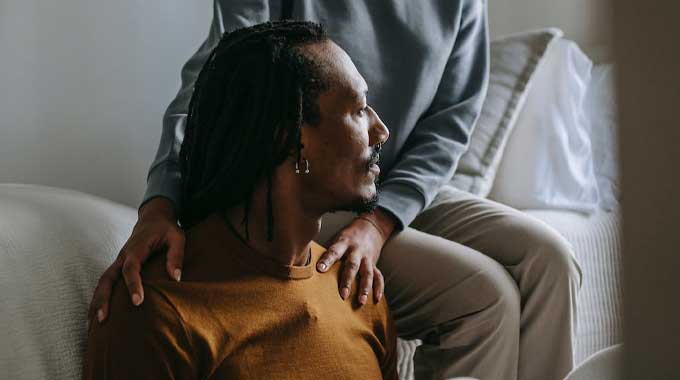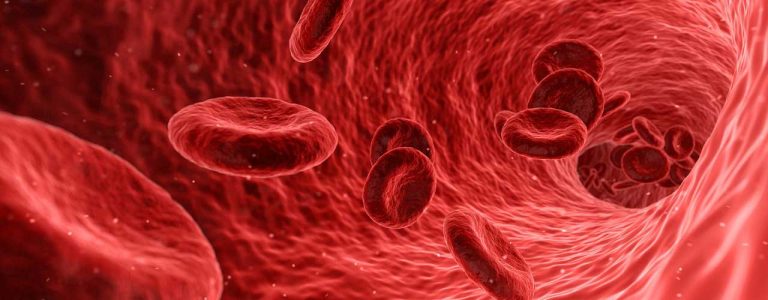Since 2011, with the launch of Silk Road, anybody has been able to safely buy illegal drugs from the deep web and have them delivered to their door. Though the FBI shut down that black market in October 2013, other outlets have emerged to fill its role. For the last 10 months the lab at which Lladanosa and Espinosa work has offered a paid testing service of those drugs. By sending in samples for analysis, users can know exactly what it is they are buying, and make a more informed decision about whether to ingest the substance. The group, called Energy Control, which has being running “harm reduction” programs since 1999, is the first to run a testing service explicitly geared towards verifying those purchases from the deep web.
Before joining Energy Control, Lladanosa briefly worked at a pharmacy, whereas Espinosa spent 14 years doing drug analysis. Working at Energy Control is “more gratifying,” and “rewarding” than her previous jobs, Lladanosa told me. They also receive help from a group of volunteers, made up of a mixture of “squatters,” as Espinosa put it, and medical students, who prepare the samples for testing.
After weighing out the crystals, aggressively mixing it with methanol until dissolved, and delicately pouring the liquid into a tiny brown bottle, Lladanosa, a petite woman who is nearly engulfed by her lab coat, is now ready to test the sample. She loads a series of three trays on top of a large white appliance sitting on a table, called a gas chromatograph (GC). A jungle of thick pipes hang from the lab’s ceiling behind it.
“Chromatography separates all the substances,” Lladanosa says as she loads the machine with an array of drugs sent from the deep web and local Spanish users. It can tell whether a sample is pure or contaminated, and if the latter, with what.
Click here If you are looking for rehab in Southern California
Rushes of hot air blow across the desk as the gas chromatograph blasts the sample at 280 degrees Celsius. Thirty minutes later the machine’s robotic arm automatically moves over to grip another bottle. The machine will continue cranking through the 150 samples in the trays for most of the work week.
To get the drugs to Barcelona, a user mails at least 10 milligrams of a substance to the offices of the Asociación Bienestar y Desarrollo, the non-government organization that oversees Energy Control. The sample then gets delivered to the testing service’s laboratory, at the Barcelona Biomedical Research Park, a futuristic, seven story building sitting metres away from the beach. Energy Control borrows its lab space from a biomedical research group for free.
The tests cost 50 Euro per sample. Users pay, not surprisingly, with Bitcoin. In the post announcing Energy Control’s service on the deep web, the group promised that “All profits of this service are set aside of maintenance of this project.”
About a week after testing, those results are sent in a PDF to an email address provided by the anonymous client.
“The process is quite boring, because you are in a routine,” Lladanosa says. But one part of the process is consistently surprising: that moment when the results pop up on the screen. “Every time it’s something different.” For instance, one cocaine sample she had tested also contained phenacetin, a painkiller added to increase the product’s weight; lidocaine, an anesthetic that numbs the gums, giving the impression that the user is taking higher quality cocaine; and common caffeine.
The deep web drug lab is the brainchild of Fernando Caudevilla, a Spanish physician who is better known as “DoctorX” on the deep web, a nickname given to him by his Energy Control co-workers because of his earlier writing about the history, risks and recreational culture of MDMA. In the physical world, Caudevilla has worked for over a decade with Energy Control on various harm reduction focused projects, most of which have involved giving Spanish illegal drug users medical guidance, and often writing leaflets about the harms of certain substances.





